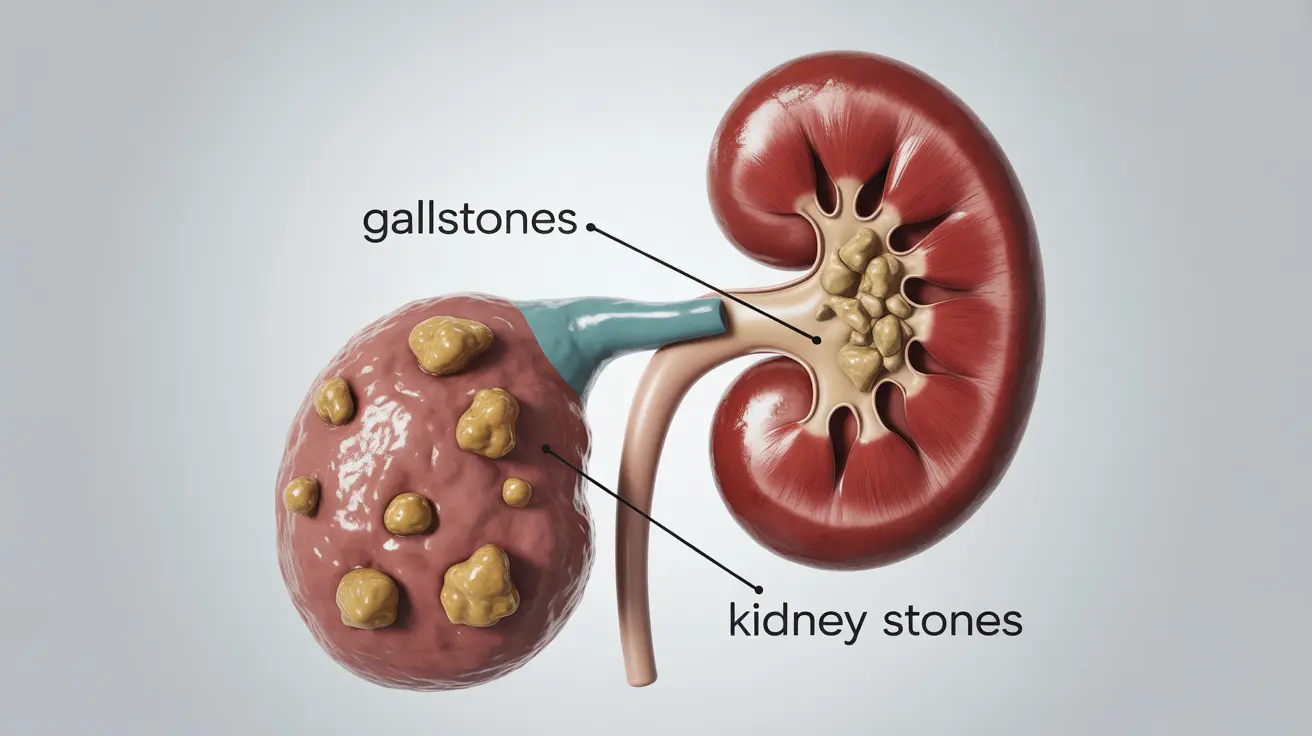Chronic kidney disease (CKD) progression from stage 4 to stage 5 is a critical transition that requires careful monitoring and management. Understanding this progression timeline can help patients and their healthcare providers make informed decisions about treatment options and lifestyle modifications to potentially slow the disease's advancement.
For individuals diagnosed with stage 4 kidney disease, knowing what to expect and how to manage their condition effectively is crucial for maintaining quality of life and potentially extending the time before reaching end-stage renal disease (ESRD), also known as stage 5 kidney disease.
Factors Affecting Disease Progression
The progression from stage 4 to stage 5 kidney disease varies significantly among individuals and depends on several key factors:
- Underlying medical conditions
- Blood pressure control
- Blood sugar management
- Dietary adherence
- Medication compliance
- Overall health status
- Age and genetics
Some patients may progress rapidly within months, while others might maintain stage 4 kidney function for several years with proper management and medical care.
Understanding Stage 4 Kidney Disease
Stage 4 kidney disease represents severe kidney damage with significantly reduced function, typically indicated by a glomerular filtration rate (GFR) of 15-29 mL/min. During this stage, patients often experience:
- Fatigue and weakness
- Swelling in hands and feet
- Changes in urination patterns
- Sleep problems
- Decreased appetite
- Muscle cramps
Stage 5 Kidney Disease Characteristics
Stage 5 kidney disease, or ESRD, occurs when kidney function drops to a GFR below 15 mL/min. At this stage, the kidneys can no longer adequately filter waste from the blood, leading to:
- Severe fatigue
- Significant fluid retention
- Difficulty breathing
- Heart problems
- Bone disease
- Mental confusion
Managing Disease Progression
Lifestyle Modifications
Implementing certain lifestyle changes can help slow the progression from stage 4 to stage 5:
- Following a kidney-friendly diet
- Maintaining regular physical activity
- Avoiding smoking and alcohol
- Managing stress levels
- Getting adequate sleep
Medical Management
Medical interventions play a crucial role in slowing disease progression:
- Regular monitoring of kidney function
- Blood pressure medication management
- Treatment of underlying conditions
- Regular consultations with nephrologists
- Early preparation for potential dialysis or transplant
Treatment Options for Stage 5
When reaching stage 5, patients typically need to consider renal replacement therapy options:
- Hemodialysis
- Peritoneal dialysis
- Kidney transplantation
- Conservative management (in some cases)
Frequently Asked Questions
How long does it take to progress from stage 4 to stage 5 kidney disease, and what factors affect this progression?
The progression time varies significantly among individuals, ranging from several months to several years. Key factors affecting progression include blood pressure control, diabetes management, medication adherence, and lifestyle choices. Regular monitoring and following medical advice can help slow this progression.
What are the symptoms of stage 4 kidney disease, and how do they compare to those of stage 5?
Stage 4 symptoms typically include fatigue, swelling, and changes in urination patterns. Stage 5 symptoms are generally more severe, including extreme fatigue, difficulty breathing, heart problems, and mental confusion. Stage 5 requires immediate medical intervention through dialysis or transplantation.
How can I slow the progression from stage 4 to stage 5 kidney disease through lifestyle changes and medical treatment?
Slowing progression involves a comprehensive approach including strict adherence to prescribed medications, following a kidney-friendly diet, maintaining blood pressure control, regular exercise, and avoiding kidney-stressing substances. Regular medical check-ups and early intervention for complications are essential.
What are the treatment options for stage 5 kidney disease, and what are the benefits and risks of each?
Treatment options include hemodialysis, peritoneal dialysis, and kidney transplantation. Each option has specific benefits and risks. Hemodialysis offers structured treatment but requires frequent clinic visits, peritoneal dialysis provides more independence but carries infection risks, and transplantation offers the best quality of life but requires surgery and lifetime immunosuppression.
Can stage 4 kidney disease be managed with diet alone, or are other interventions necessary to prevent progression to stage 5?
While diet is crucial in managing stage 4 kidney disease, it alone is usually not sufficient to prevent progression to stage 5. A comprehensive treatment approach including medication, regular medical monitoring, and lifestyle modifications is typically necessary for optimal management.




